Barbados
We first traveled to Barbados, the easternmost of the Caribbean Islands in late March of 2010 on an NCL cruise, traveling with Gene's parents. We returned to Barbados in March of 2024 on a Royal Caribbean cruise traveling outside of the city to St. George, Cherry Tree Hill, and St. John's. The capital Bridgetown is quite a bustling city with an English style parliament building. An interesting historical fact is George Washington spent time in Bridgetown back in the late 1700's, prior to U.S. Independence.
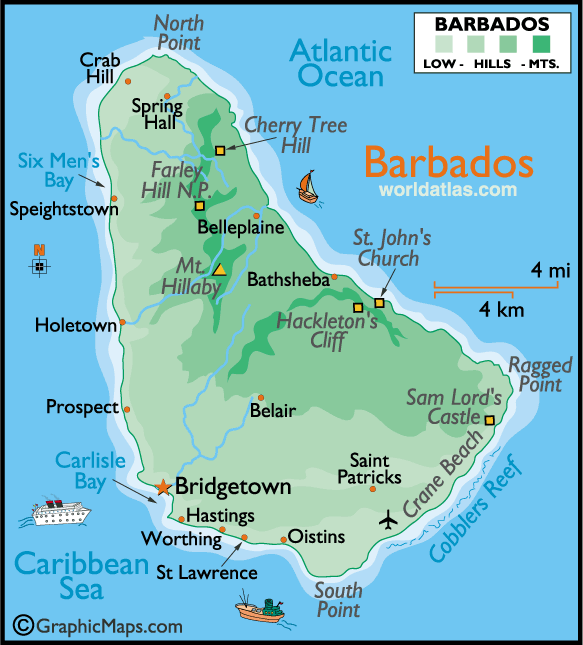 |
The
Arawak Indians arrived in Barbados around 800 CE,
followed later by the more aggressive Carib people.
By the time the Portuguese became the first
Europeans to reach the island in 1536, it was
uninhabited—possibly due to conflict or migration.
The Portuguese named the island Los Barbados,
meaning “The Bearded Ones,” inspired by the long,
hanging roots of the fig trees that resembled
beards. They did not establish any settlements, and
it wasn’t until 1625 that the British arrived,
claiming the island for England. In 1627, they
established the first permanent colony and began
cultivating sugar cane, which soon brought
significant wealth through slave labor. For the next
300 years, Barbados remained under British rule and
became a key base for expanding colonial influence
across the Caribbean. Notably, George Washington
visited the island in 1751—his only trip outside
North America—and contracted smallpox, which likely
gave him immunity during the Revolutionary War.
Barbados gained independence from Britain in 1966,
and in 2021, it became a republic, officially
removing the British monarch as head of state.
|
 |
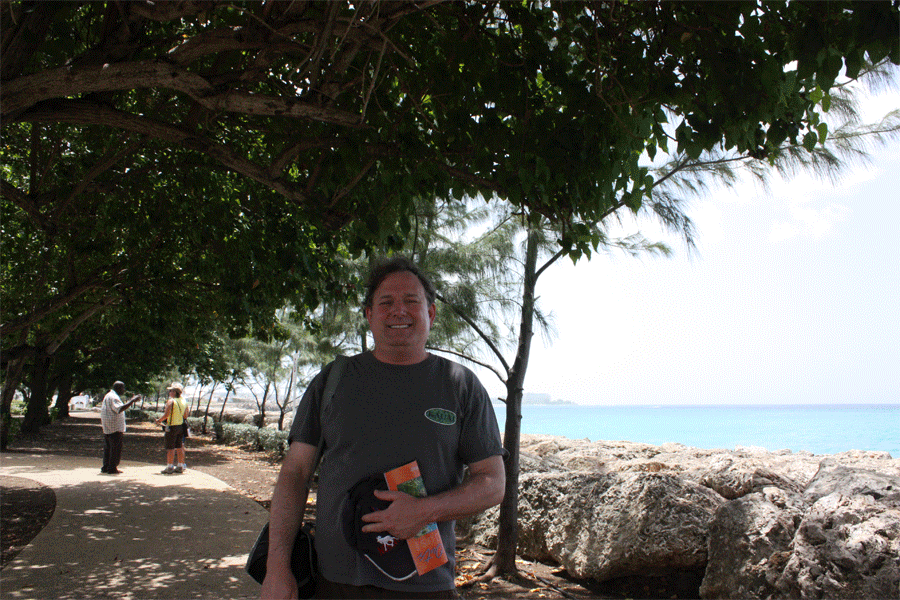
Barbados 2010

Bridgetown 2010
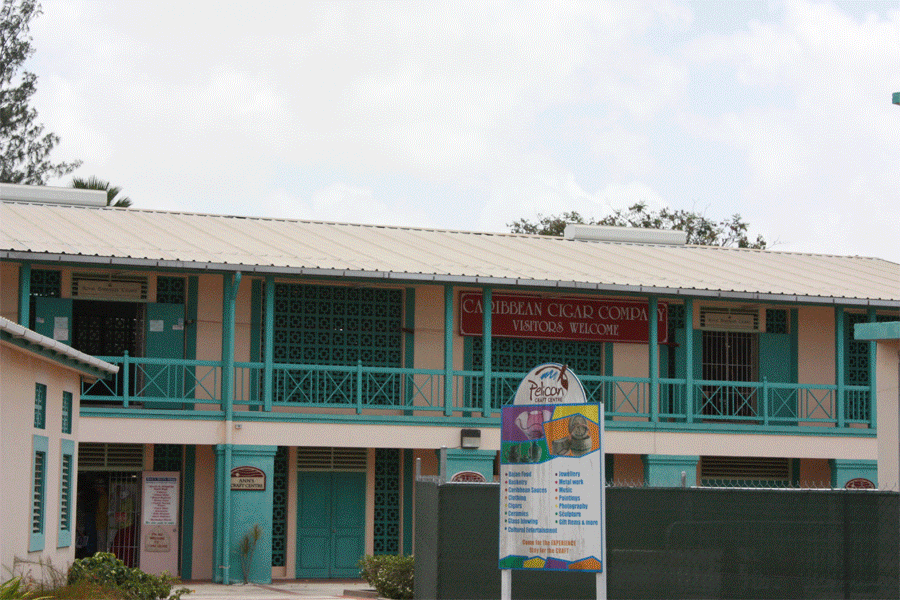
Images of Bridgetown 2010
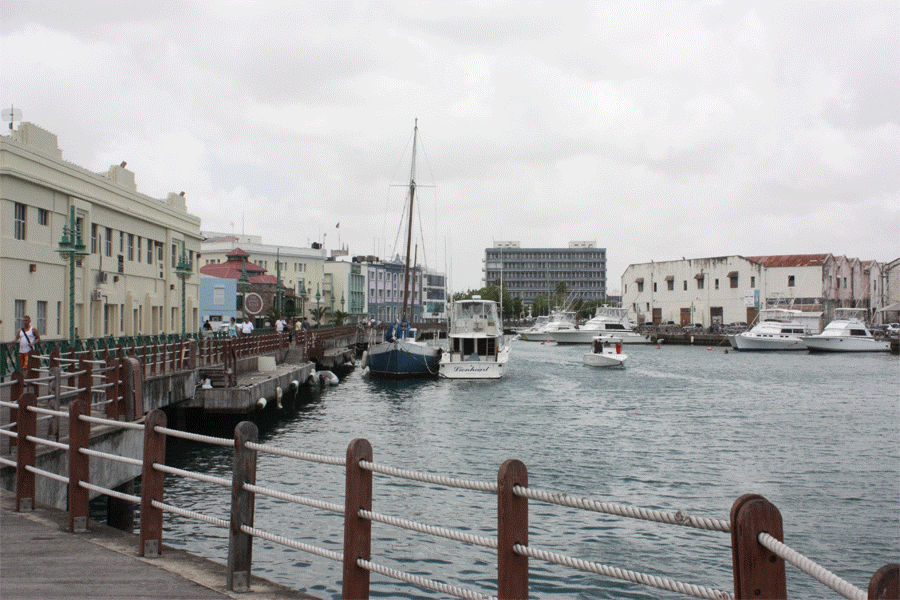
Beautiful Bridgetown 2010
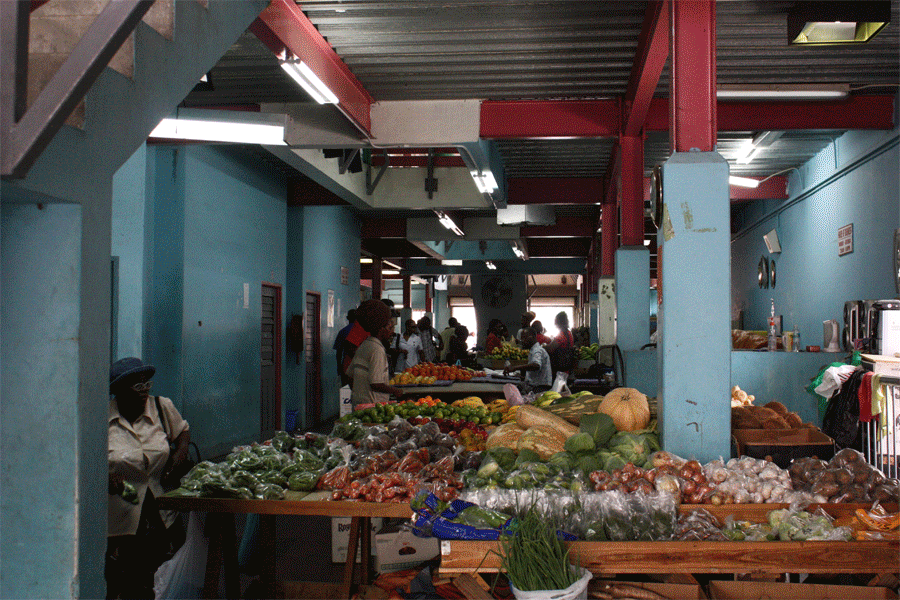
People and Places 2010

Barbados Island 2024

Barbados Island Tour 2024
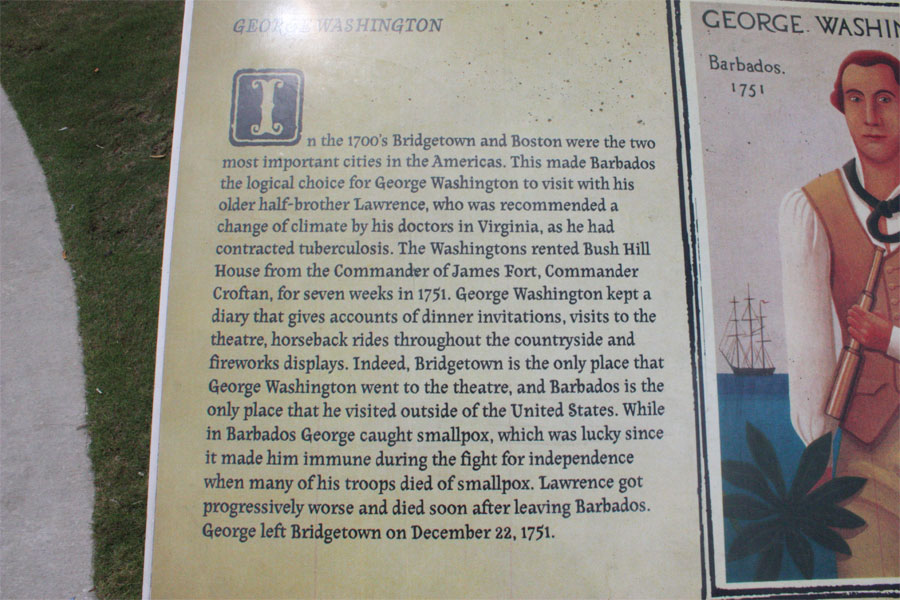
George Washington's visit in 1751
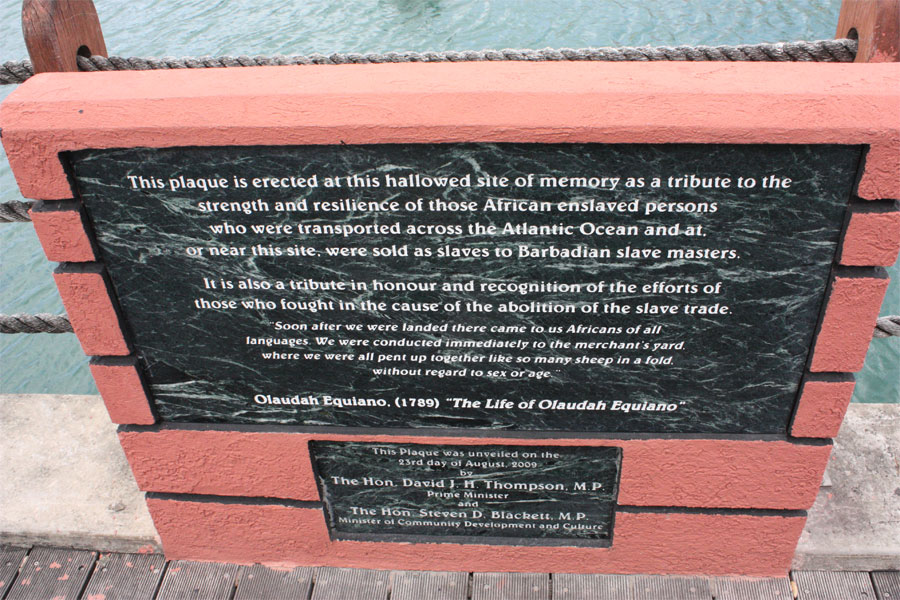
Plaque noting the sacrifice of many


